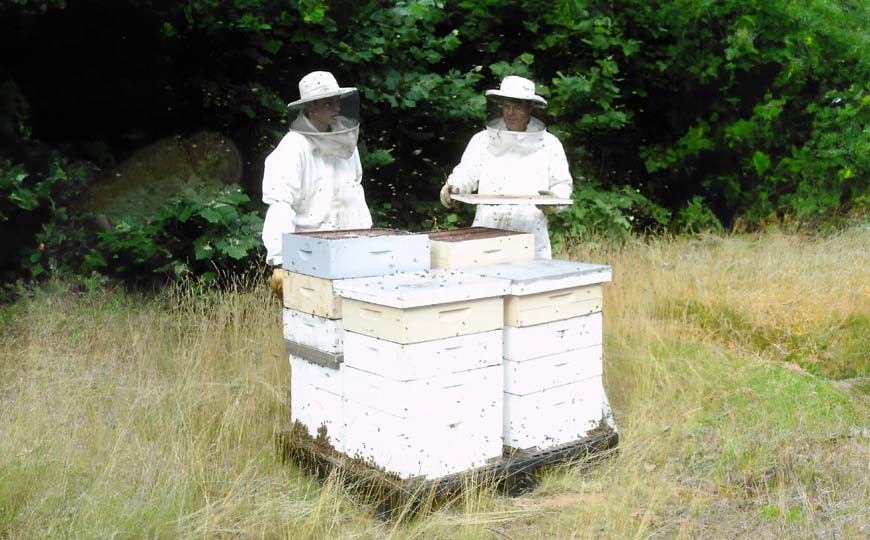David Simonson

How long have you been keeping bees and what got you started?
“I observed another man's beekeeping when I was young and caught the fasination. A few of my siblings also did some beekeeping over the years. Just over 20 years ago, my family was still young, my wife and I bought 2 beehives and the necessary equipment. It was on from there.”
Can you describe a typical day out in the apiary?
“Since our beekeeping has always been a part time job, mainly weekends, the number of managed hives has stayed around 100. The visits to my beeyards varies depending on the time of year. Early spring is all about building bees up and dividing strong colonies. Late spring and summer is the time for honey production. Extra boxes (supers) are added as the bees collect nectar and store it. In the fall we feed and inspect the hives to prepare them to get through the winter.”
What is your favorite part of keeping bees?
“I enjoy the spring when the beeehives are building up. Nothing like a happy, healthy hive of honeybees! Also, the satisfaction of collecting and bringing in the honey crop is very rewarding after all the hard work.”
Conversely, what is the hardest part of your job?
“The hardest part of our operation is constantly trying to keep the bees healthy and strong. Also the times we need to move the hives to a new location is very labor intensive. Four beehives are mounted on each pallet. We load our trailer at night and the bees start working somewhere new the next day.”
What are some non-obvious ways to enjoy honey?
“I like honey on hot, fresh biscuits and in tea! If you ever have the chance to chew a hunk of fresh honeycomb filled with rich, smooth honey, you won't forget it.”
